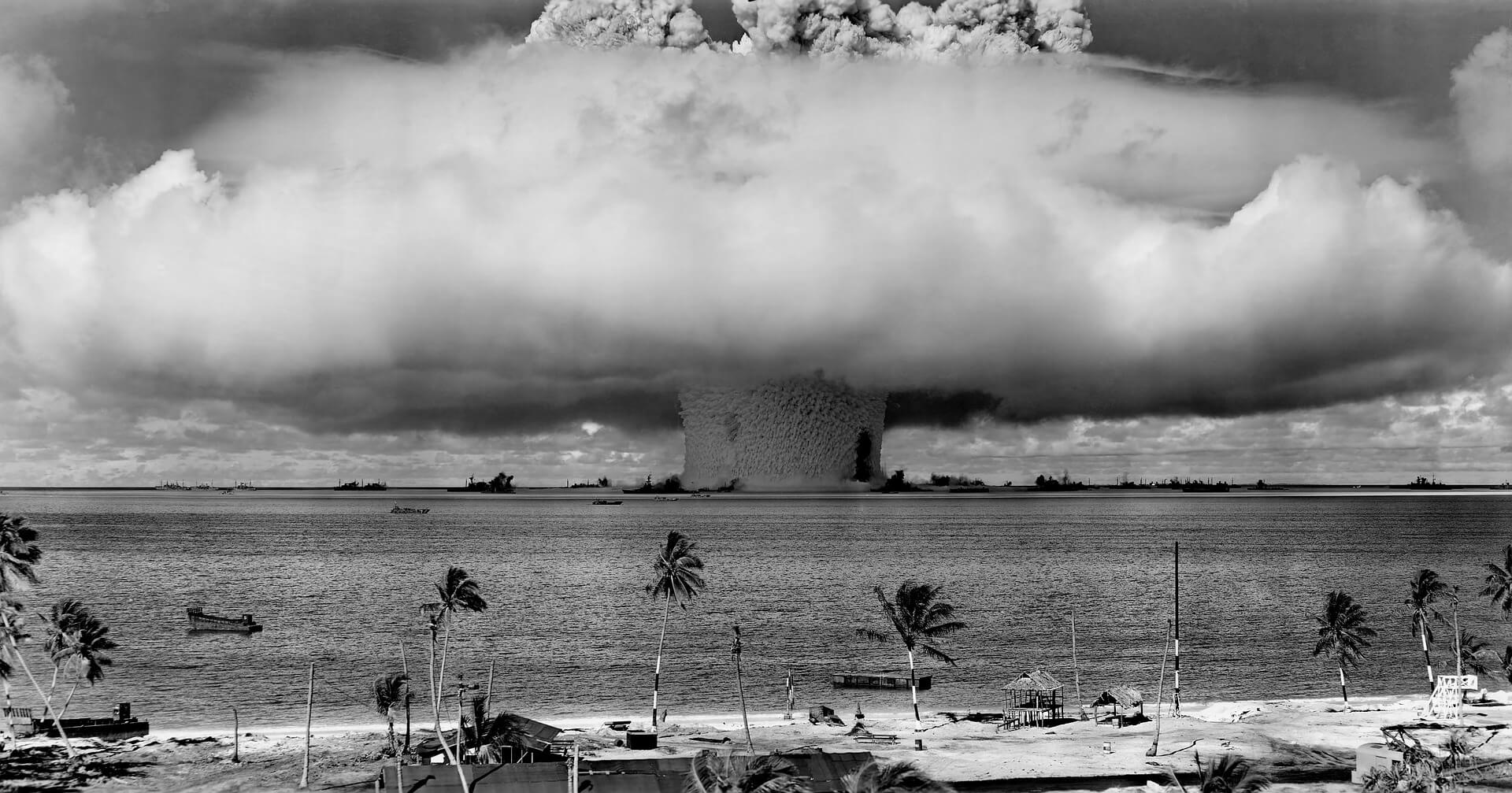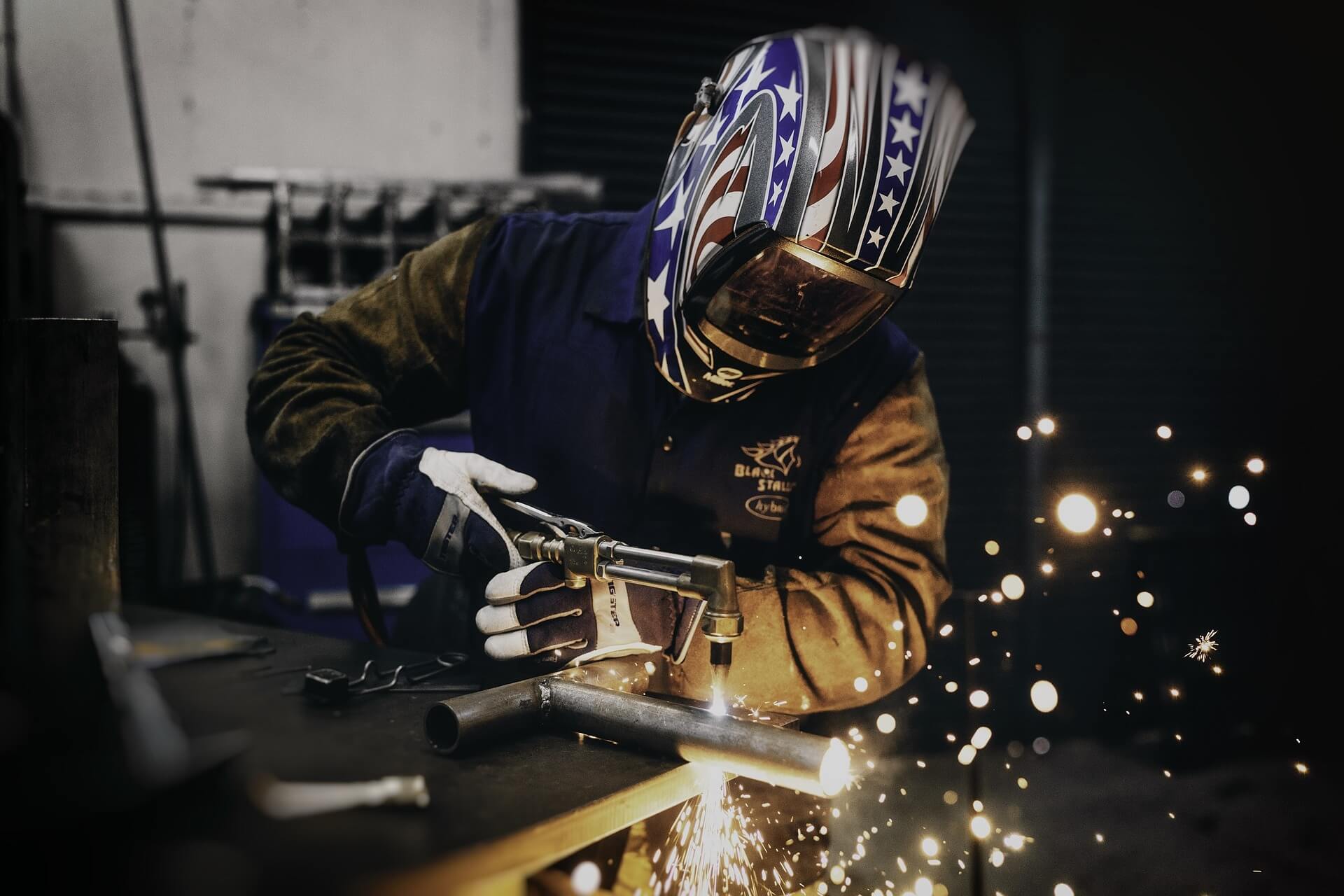The Promises and Challenges of Adopting Advanced Modeling and Simulation
Near-death experiences are transformative. Sometimes, these experiences are caused by almost going out of business due to increased competition. Other times, they are caused by the costs and limitations of sticking with the old ways of doing business. In other cases, there may be a policy decision that eliminates a previously useful way of obtaining scientific insights.
One example of these near-death experiences happened in the 1990s to U.S. car manufacturers in their competition with Japan. The need to increase the pace of new model development caused them to turn to computational structural dynamics. This reduced the number of crash tests needed for each new model and helped to reduce development time from 7 to 3 years. Another example from the 1990s occurred when oil and gas companies were drilling dry holes at the cost of $100 million apiece. They turned to computational seismic depth migration to understand underground geology and significantly improved their hit rates.
The aircraft manufacturing industry provides yet another example. Faced with increasing expenses and limitations of using very large wind tunnels to test their designs, the industry shifted to computational fluid dynamics to create virtual wind tunnels. Finally, an example of a policy restriction occurred with the decision by the U.S. to abide by the Comprehensive Test Ban Treaty. The response was the development of high-resolution and high-fidelity simulation capabilities in place of full-scale underground testing, which changed the ways the country assessed the reliability, performance, and safety of its nuclear weapons stockpile.
It sometimes takes a near-death experience to force adoption of advanced modeling and simulation because it can be hard, expensive, and time consuming. The addition of advanced modeling and simulation fundamentally changes a business. Appreciating the ROI (Return on Investment) of making the shift is difficult — and sometimes impossible.
Part of that challenge is understanding the potential “return”. Quantifying potential return is not as easy as calculating the value of “cheaper or faster”. Adding modeling and simulation certainly will eventually add those returns, but the transition is likely to be neither cheap nor fast. Adding advanced modeling and simulation allows innovators to quickly ask “what if” questions and then predict the outcome. Also, using computers provides the ability to conduct vast numbers of sensitivity studies that will optimize products and processes.
From the “investment” perspective, it is also difficult to fully appreciate the cost of making the transition. Some costs are relatively straightforward, like the price tag of high-performance computers. However, other costs are complicated, such as the ongoing need for technology refreshes and the infrastructure needed to house, power, and cool those computers. There is also a need for support systems to set up the modeling and simulation jobs and then to store and analyze the results.
Some of the more difficult costs to estimate are the software costs of the modeling and simulation tools. Sometimes, those tools are available for free as open-source software but will require customization. Other times, the applications software can be purchased from independent software vendors. However, in many other cases, the software tools must be developed in-house so that they address specific company needs. Finally, and perhaps most importantly, there are the costs associated with establishing the workforce to set up, run, and interpret the results of advanced modeling and simulation tools. Obtaining this workforce is neither cheap nor easy.
The good news for companies considering adding advanced modeling and simulation is that there are considerable resources available to help them make the shift. In some industries, engineering service companies have already invested in the tools, computers, and people needed to provide useful scientific insights. Also, independent software vendors are quite interested in building a larger user base and are anxious to help companies understand the potential impacts (and costs) associated with using their tools. Recent advances in cloud-based computing systems (e.g., Microsoft Azure, Amazon Web Services) have made getting access to high performance computing resources much easier. Finally, numerous university or U.S national laboratories are interested in helping companies obtain a better understanding of both the promises and costs of making the transformation to becoming users of advanced modeling and simulation.
Near-death experiences are transformative (just as long as you do not die in the process). These experiences make companies and organizations realize that they cannot continue “business as usual”. As Goodyear learned by working with Sandia National Labs for the development of the triple-tread tire, sometimes you are not given the choice to make the transformation.
Join the Catalyst Monitor
Join our community, where we push out regular insights to help maintain situational awareness on technological and socioeconomic trends.



